As a beginner gardener, I sow many seeds of many vegetables but was able to harvest only a few vegetable crops in my first year of gardening. I remember my first harvest as it was a very exciting moment to eat something I help growing myself. Most of these are still staples in my pantry stocking garden because they are just so easy to grow, don’t have many pests and I always get harvest off of them, unlike some other vegetables that I struggled with.
The easiest food crop to grow are leafy greens including lettuce, kale, mustard greens, and Swiss chard. Tomatoes are also on the list, as well as butternut squash and spaghetti squash, concluding with peas, beans, turnip, and kohlrabi. These I grew as a first-time gardener and was able to harvest them. These crops are great even if your soil is still developing. They are easy to grow by gardeners with very little to no experience as I had.
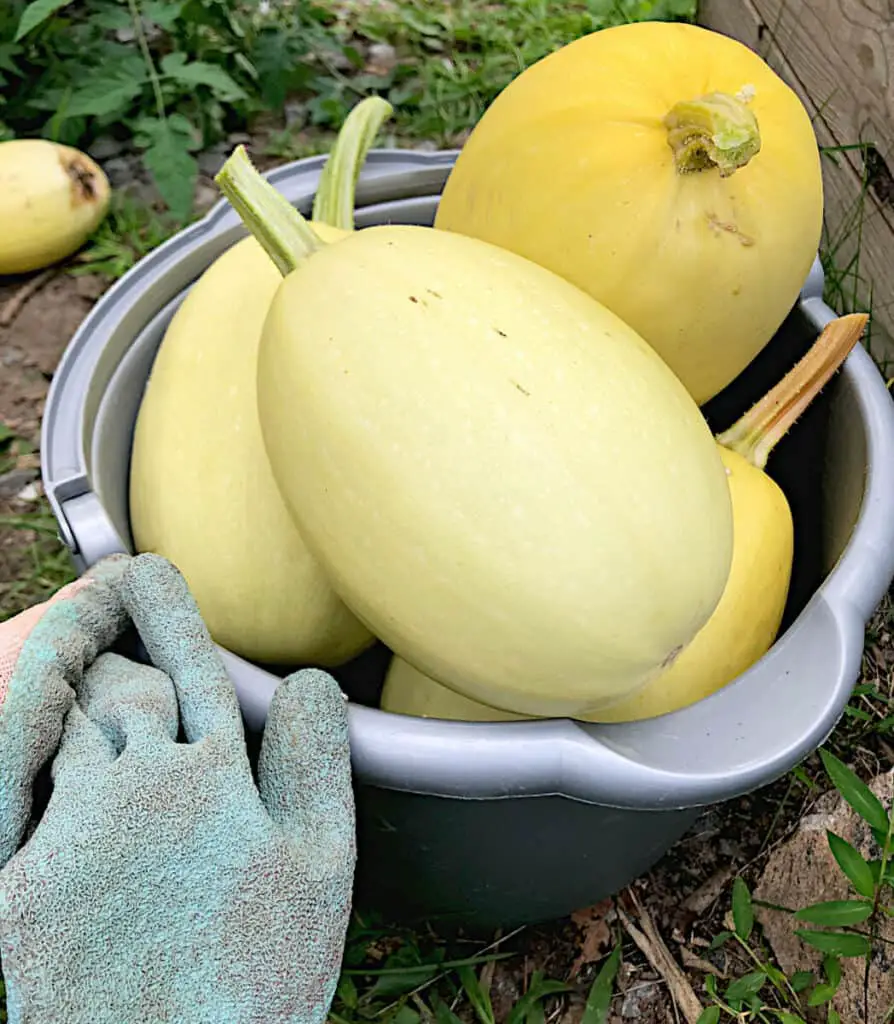
Why grow lettuce and greens
Green leaves like lettuce, kale, mustard greens, and Swiss chard are crops not only easy to grow, but they are also fast growing and easy to grow from seed. These are great for first-time gardeners. These are easy to care for and are cut and come again. Cut and come-again crops are the ones you can harvest multiple times. You harvest the most mature leaves on the outside of the plant leaving the young leaves on the plant to grow. Once the young leaves mature you come to harvest them. Harvesting these green, easy-to-grow crops can last throughout the whole growing season, they are well worth it. These crops are a staple because, at the end of their growing circle, they provide you with seeds you can sow the next growing season, or you can just let them reseed by themselves. At the end of the plant growing circle let the plant mature and flower and then go to seed. Let the seed pods dry on the plant and harvest when the seed pots are completely dry. Harvest the seeds and save them for the next growing season. These plants are also self-seeding plants, meaning they can do the seeding for you. If you let some of the dry seed pods on the plant it actually reseeds itself and next, you will be able to see these green plants throughout your garden again.
I left my lettuce self-seed and the next year I had small lettuce seedlings all over my yard popping out all by themselves. I found them growing in grass, and even in gravel areas. I used to pop them out and plant them in my garden. I had lettuce seedlings all over the place. It’s better to find lettuce growing by itself rather than grass or weeds. I loved it so much that in fact, each year I scavenged my yard to find little voluntary seedlings.
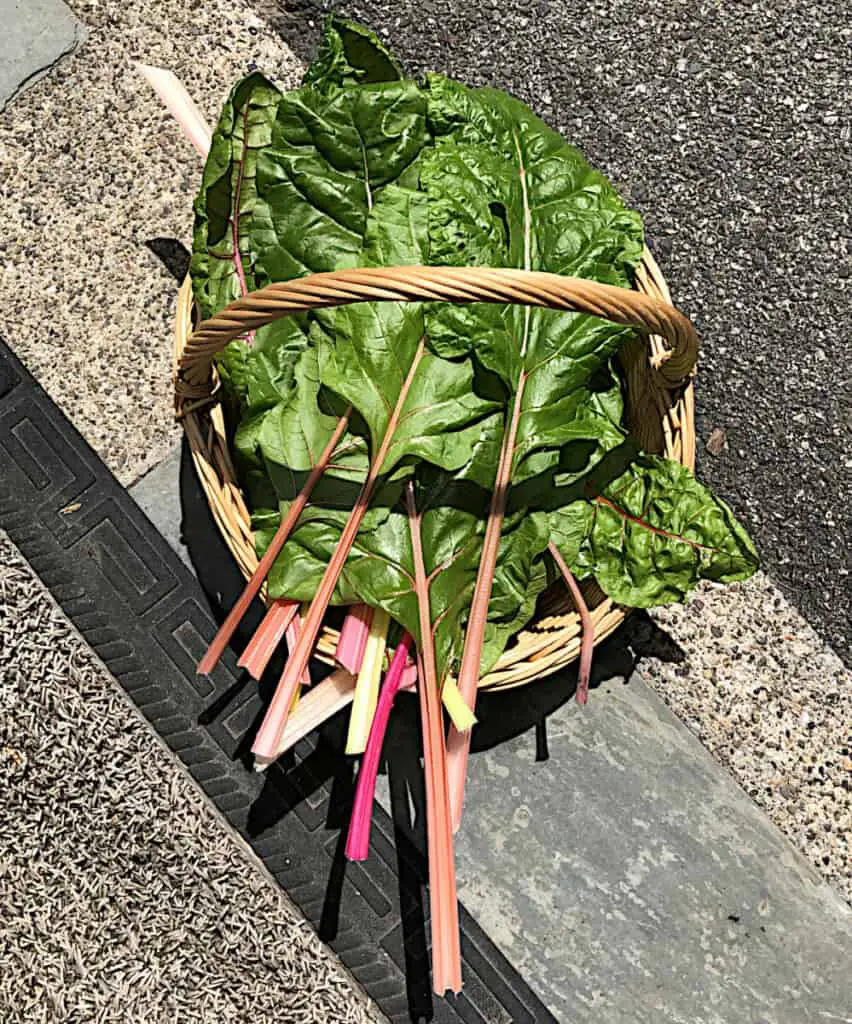
Why grow tomatoes
Have you ever wondered why tomato is the number one crop in home gardeners year after year? It’s because it’s so easy to grow! Tomatoes are another great plant for beginners. I now grow tomatoes every year and they are a staple in my garden, because of how easy they are to grow and how very few pests they have. I only found one pest on my tomato plant, a green tomato hornworm. It did not cause any damage and was very easy to remove off of the plant. That’s it with pest control regarding tomatoes in my garden. Tomato is one plant that doesn’t require any special treatment in my area, grows like a weed, and brings out healthy fruit every time.
Tomatoes are easy to grow from seed. If you prefer to buy seedlings, they can be easily found through late spring and early summer in nurseries and garden centers. There are many varieties of tomatoes available, in various sizes and even colors and flavors. Tomatoes can grow pretty large if growing indeterminate ones. If the growing space is however limited, there are also determined tomatoes and even dwarf ones which are great for pots, container gardening, and limited spaces.
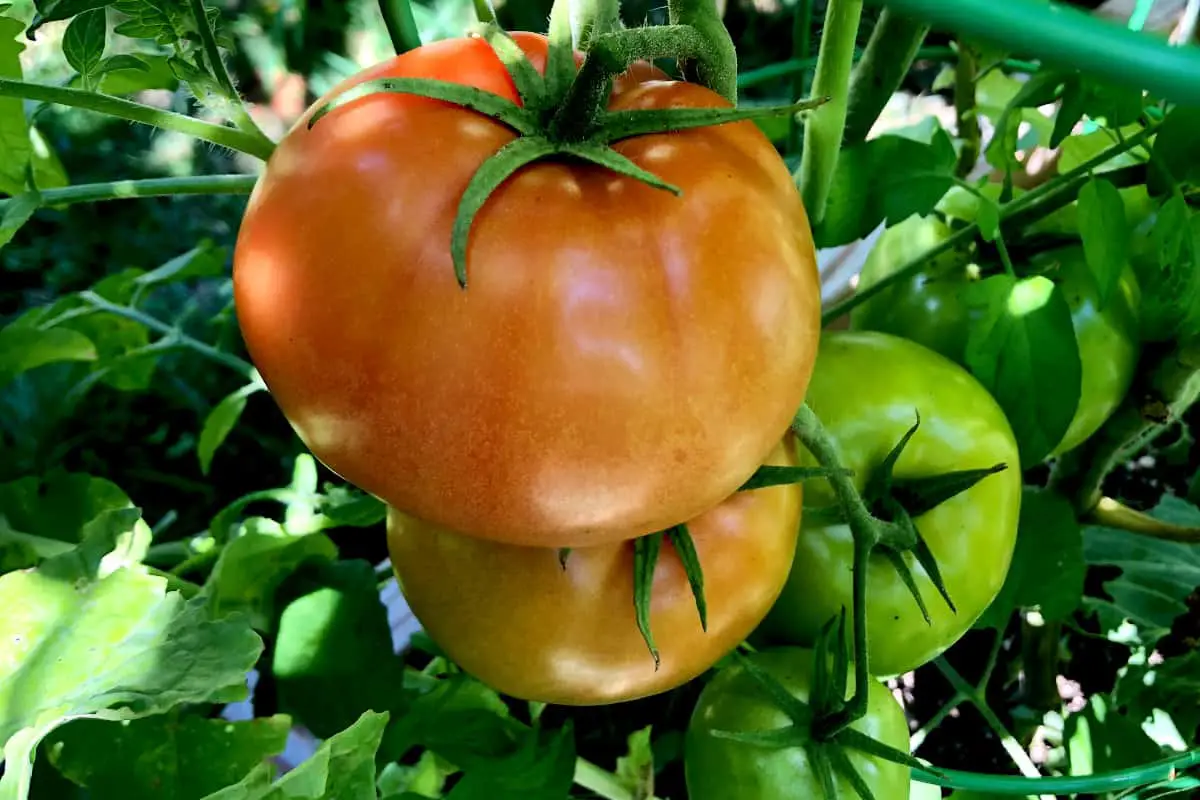
The tomato crop is great for pantries as the fruit is very versatile and can be eaten fresh, cooked, roasted, or baked. Tomatoes can be eaten all by themselves or mixed in a salad, cooked down to a sauce or soup. They can be preserved in a freezer, fermented in a jar, or caned. Many meals and condiments indeed have tomatoes in them. Some most famous meals made with tomatoes are pasta sauce, tomato soup, and condiments like ketchup and BBQ sauce!
Tomatoes are also heavy producers. Just one average determinate tomato plant can yield at least 10 pounds of fruit. And they smell so lovely! Believe it or not, some people grow them just for their scent. There is nothing like a homegrown tomato!
Why grow butternut squash and spaghetti squash
The next easiest food crops that are always on my pantry stocking garden list are butternut squash and spaghetti squash. I started to grow them from the seed of an organic squash I bought at the store. First time sowing and success! I found out that butternut and spaghetti squash don’t need a lot of attention as a seedling or as mature plants. They are very easy to grow. Since I do trench composting, meaning I bury my kitchen scraps directly in my garden beds, every year I find voluntary healthy seedlings of a butternut and spaghetti squash. Last year I let them go to fruit directly in my compost bed and they did great. Some voluntary seedlings I planted in the garden beds and they did well. I even ran out of growing space and just plugged little butternut squash seedlings into my yard which is covered with woodchips and they also did yield. They just do incredibly well in my area. They are not very heavy feeders, and I don’t especially amend them. I just amend my garden beds in autumn with chicken manure mixed with ashes, some worm casting and leaf mulch, and homemade compost if I have some. Then I do trench composting through the winter and plant my seedlings in the beds in spring. Butternut and spaghetti squash grow like weeds as well in my garden. I just love crops that grow like weeds wherever you plug them and they even volunteer to grow all on their own.
I found only one pest that did some damage to my butternut and spaghetti squash, it was a squash bug. It was my first time encountering a squash bug and so I wasn’t very familiar with what they can do and how to exterminate them. But next year I will spray them down with water and baking soda, salt, and some peppermint or tea tree oil and dish soap mixed in. In general, I found that squash borer didn’t do much damage to my winter pumpkins like butternut and spaghetti are. In fact, I haven’t lost any winter pumpkins due to squash borer. Squash borer however does damage my summer squash each year.
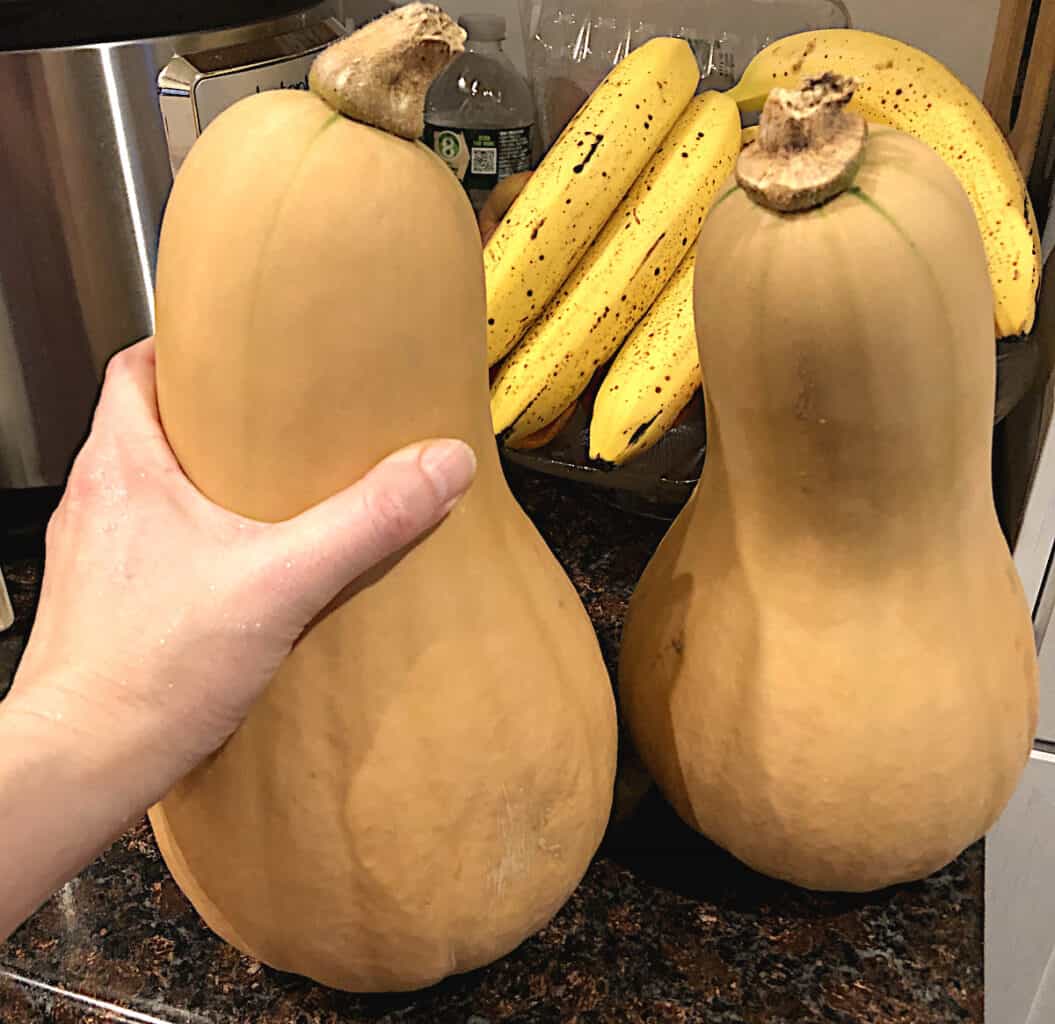
Butternut squash and spaghetti squash are very easy to care for and they yield so well! I have at least 2 pumpkin fruits on each plant. Their fruit is large and overwinters the best of all the crops. After I harvest the fruit, I let it cure for about a week or two in a sunny place and then just place them on a shelf in my basement. That’s it, no special treatment during storage, no special preservative methods. Last year one butternut squash made it to 12 months in storage! It was still plump and full of life. I had to take it out of the storage just because we ate it! They do store so well in a dry, dark place, just sitting on shelves. They must be every gardener’s favorite crop to grow! If you have not grown butternut or spaghetti squash yet, I wholeheartedly recommend you give it a try. You will not regret it. I grew them during my first-year gardening when I hardly knew what I was even doing and they yielded so beautifully that they became a must in my garden. I can’t wait to plant them all over again. They always deliver and may I say, they photograph beautifully as well! Just look at those photos I took. What a harvest!
Why grow herbs
Dare I say, a vegetable garden is no garden without herbs in it! Herbs are stunning to look at, smell, touch, cook with, and eat! Yum, yum! I can’t have a garden without herbs! They are so easy to care for, they grow wherever you seed them and they are great pest deterrents. In my first year I grew cilantro and dill which did very well, I was even able to collect seeds and planted them the next year. My basil didn’t do well from seed, so I usually plant basil from seed and buy an established basil plant or two from the garden center, and then propagate it from cuttings. Basil propagates easier than grows from seed for me every year. My seeded basil usually doesn’t do well. It might be that I have no patience and eat it before it’s established. But cilantro and dill do great every time. I also plant parsley every year. Parsley is a biennial plant meaning it established itself in the first year and a second year goes to flower and seed. I let all of my herbs go to flower and at the end, I collect seeds for the next year. Cilantro and especially dill reseed themselves very easily. I find dill here and there in my garden and yard every year and it’s a very welcome guest in my garden always! I love to cook with herbs!
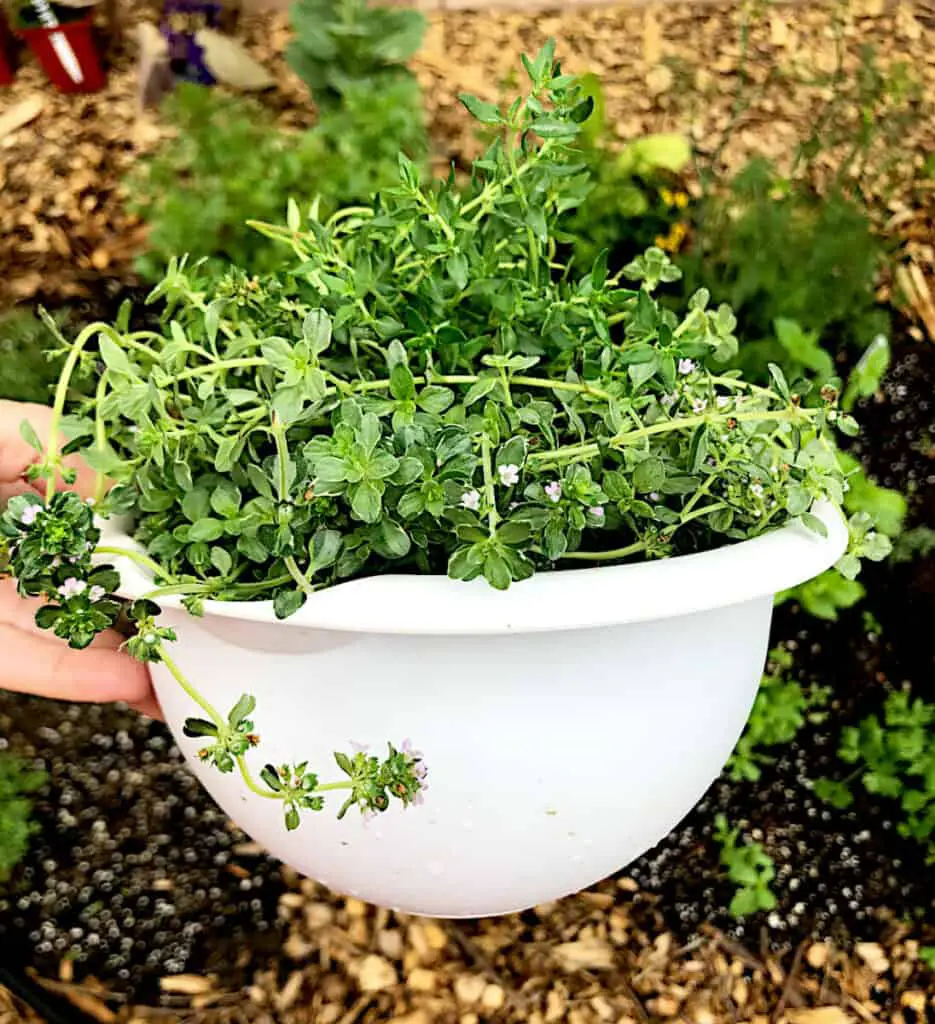
Herbs, especially annuals are easy to plant from seed. Those which take more time to establish and mature like rosemary and thyme I usually buy from the garden center and plant in my garden. They all taste great and are very versatile. Herbs go very well with fresh meals like salad, and sandwiches or as toppings and decoration. Herbs brighten and elevate even cooked dishes. I love cooking fish with thyme and rosemary. I add them to mashed potatoes, gravies, meats, stews, soups, you name it!
Herbs are so easy to preserve as well. Simply harvest a bunch of herbs, tie it with a cotton tie, wash and hang it. I hang them in my shed, they are out of the way and drying. Once dried I place them in plastic or glass jars to be used. Some I preserve fresh by chopping them, placing them in ice cube trays covering them with olive oil. Then I freeze them and once ready I place them in a plastic bag to be added to any cooked meal.
Can you imagine a Thanksgiving turkey stuffing without herbs? Right? They are a must in any garden!
Read more about Why to grow herbs, in one of my articles.
Why grow peas
Growing peas is very easy. However, since I have a small garden, I don’t grow peas as my pantry staple. To grow peas for preservation you need a lot of pea plants planted, and I simply don’t have space for it. I grow it to enjoy it fresh. I also grow it because it is one of the first veggies to be harvested! Peas grow fast, have beautiful blooms, are one of the first plants to grow in cooler spring and yield sweet peas that are juicy and delicious. My and my family love to eat peas right off of the plant fresh. It is a nice enragement to munch on peas while gardening. It reminds me that all work will be rewarded with sweet veggies. Peas keep me going.
I haven’t fought any insect pest regarding peas. However, I have wild rabbits in my area, and chipmunks, and they love peas as much as I do. So, I have to protect pea plants from larger pests like the ones I named.
If you have children who don’t like veggies, give them so pea seeds to grow, and once harvested encourage them to try them. I haven’t found a kid yet who wouldn’t like fresh sweet shelling peas right off of the plant. It is so much fun to find little green sweet pearls in the pods and eat them! My little one learned about how to sow seeds by seeding peas. The seeds sprout very fast, so they do inspire new gardeners, especially the impatient ones.
If you have limited growing space, grow peas for fun and fresh enjoyment. If you have a large garden and looking for a great crop to grow, try peas. It is not an attention-demanding crop and stores beautifully in the freezer or dried.
Why grow beans
Once you grow beans, you will always grow them again and again. I love the taste of large buttery beans! They are so meaty and sweet on the inside! Beans make great soup, chili, and stew.
I grow bush beans for shelling and large pole beans for shelling as well. If you enjoy green beans, they are a great crop to grow. They yield like crazy and are very easy to grow.
I haven’t found any bean pests yet, and I hope I never will! Pole beans are a magnet for hummingbirds. I had a couple of hummingbirds coming almost every day to feed on my red pole beans flowers, I loved to watch them!
Pole beans do have white and red flowers, depending on what variety you grow. They look stunning and attract pollinators to the garden. Beans are one of the most prolific yielders. Beans also store very well. They can be stored fresh in the freezer or can be dried and stored in jars just on shelves. I simply harvest my bean pods when they are ready and place them in the laundry mesh bag and hang them in my shed to dry. I let them sit there until I need them for cooking or planting.
If grown as green beans, they are cut and come again planted. Meaning you can harvest green beans multiple times off of one plant.
I you have limited space, then grow bush beans, they can be planted quite densely in containers, garden beds, or inground gardens. If you have some trellis, or fence or can build a tepee shape using support, grow pole beans. They will provide you with beautiful flowers, bring pollinators into your grand and your little ones will have a natural tepee covering from bean plants.
Beans like warm weather but their growth can be stunted in very hot summers. If very hot, they will continue to bloom and grow but won’t produce many pods until it’s cooler again, somewhere around 75F and below. Then they will start to produce again. I enjoy every stage of the bean’s growth. They are simply stunning plants to have in my garden, not demanding, beautiful to look at and they yield much food. They also are a must-pantry staple crop for me.
Why to grow turnip and kohlrabi
Last but not least let’s talk turnip and kohlrabi. They are not in the same family, as turnips are root vegetables, but kohlrabi belongs to the brassica family. Many people might still confuse them, they kind of look the same. Turnips grow in the ground, and at least part of the turnip is buried underground. But kohlrabi grows above the ground, only its root is buried.
Turnip and kohlrabi taste very similar, they are both juicy, with a white flash under the skin. Turnips can be a bit sharper, spicier than kohlrabi. Both can be eaten fresh in salads, or just by themselves. They can be added to soups in chunks, or mashed with potatoes. They can also be baked, or roasted.
They are also one of my first crops to grow as beginner gardener. They did grow very well and I got to harvest them both. This being said, they are easy to grow and great for beginner gardeners. I can’t say that about carrots though. My first carrots were very thin and tiny, had to figure out how to grow carrots. But turnips and kohlrabi I believe are great easy-to-grow crops for the beginner gardeners.
I didn’t have any pests on my turnips or kohlrabi. They don’t require much other than watering if grown in fertile soil.
They both are great for small spaces and grow well in containers or pots. They both are cool crops that can be planted or seeded outdoors early in spring. They are a fast-maturing vegetable, as they only take about 40-60 days from seed to harvest. If you are an impatient gardener, try turnip and kohlrabi.
As for me, they are not my garden staples, since we are not crazy about their taste. And we only eat them fresh right after harvesting. I can live without them, but if you are looking for some quick, easy-to-grow, juicy veggies, I would recommend turnips and kohlrabi.
What is the easiest food to grow for pantry storage?

